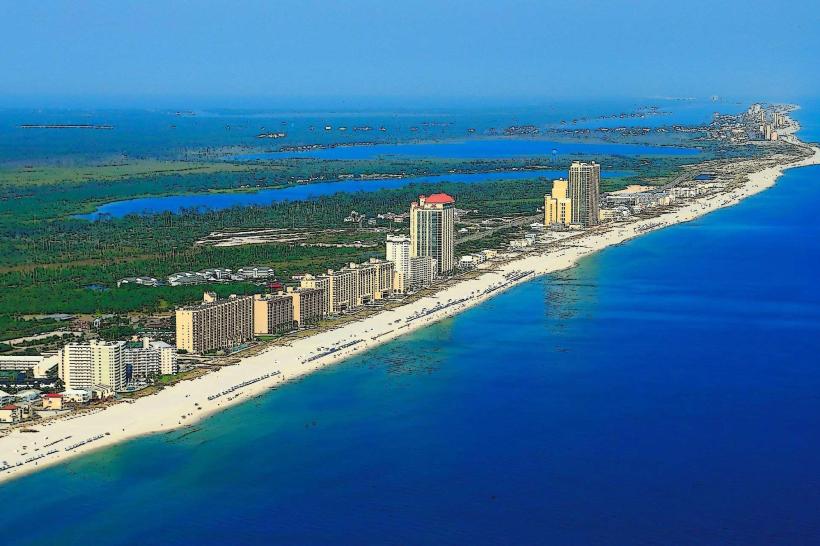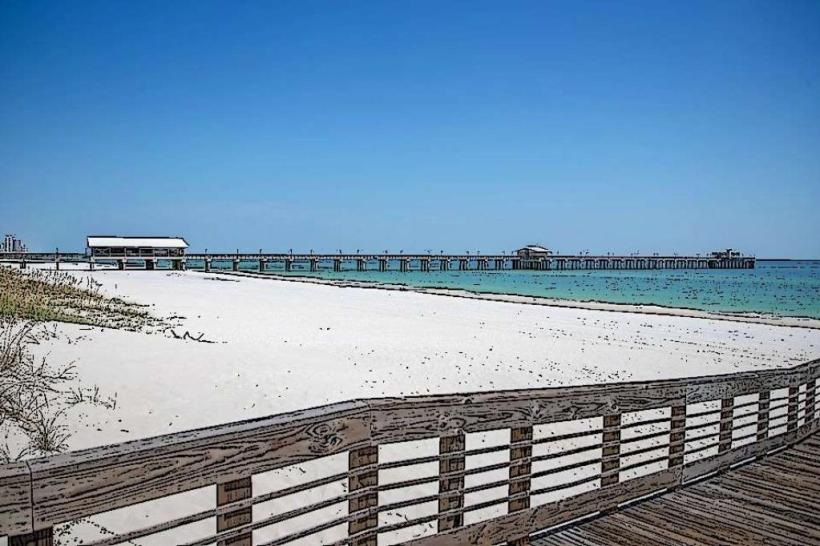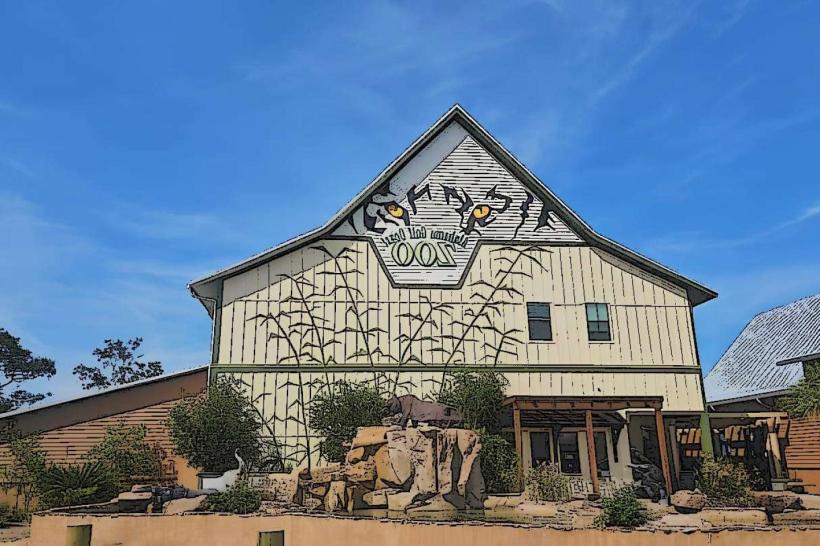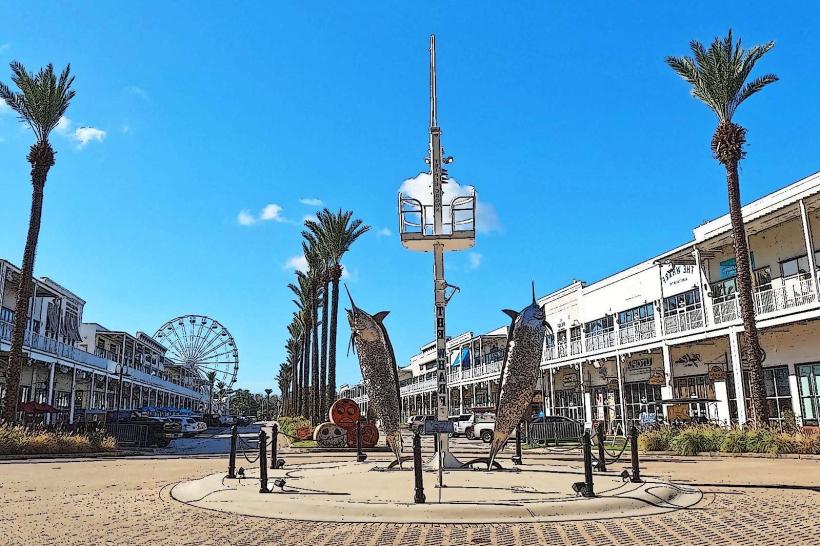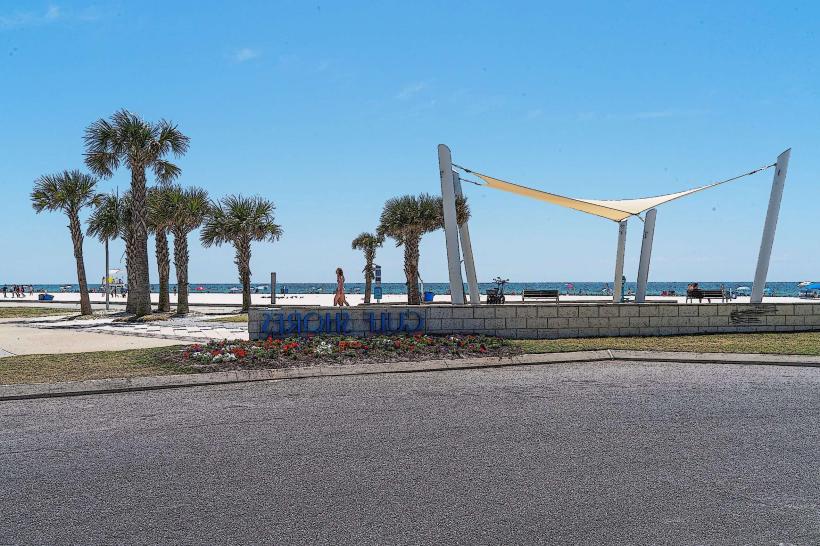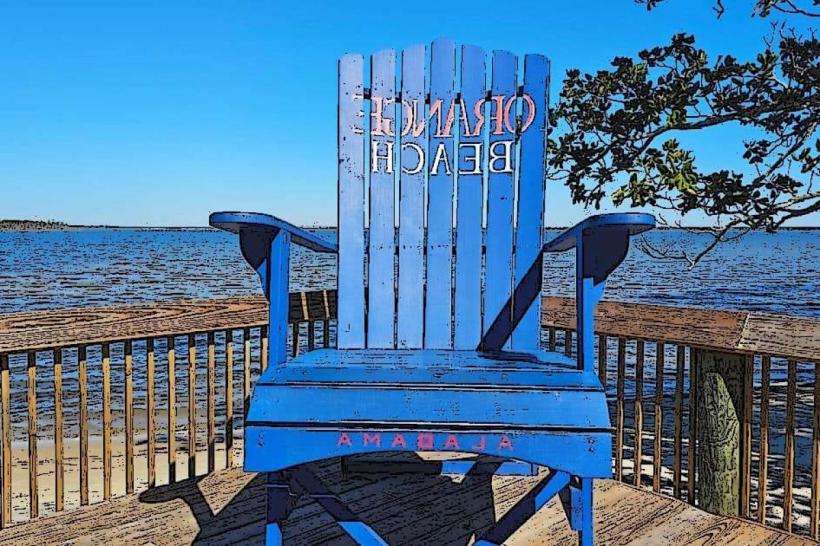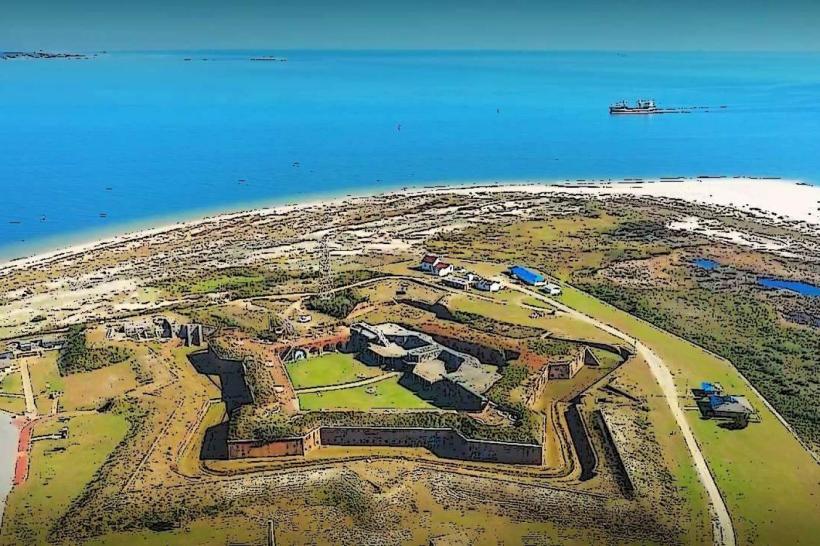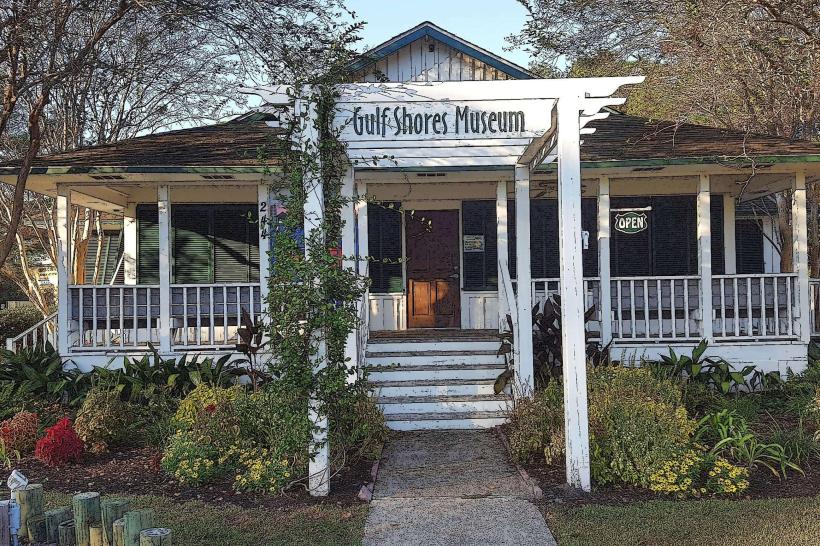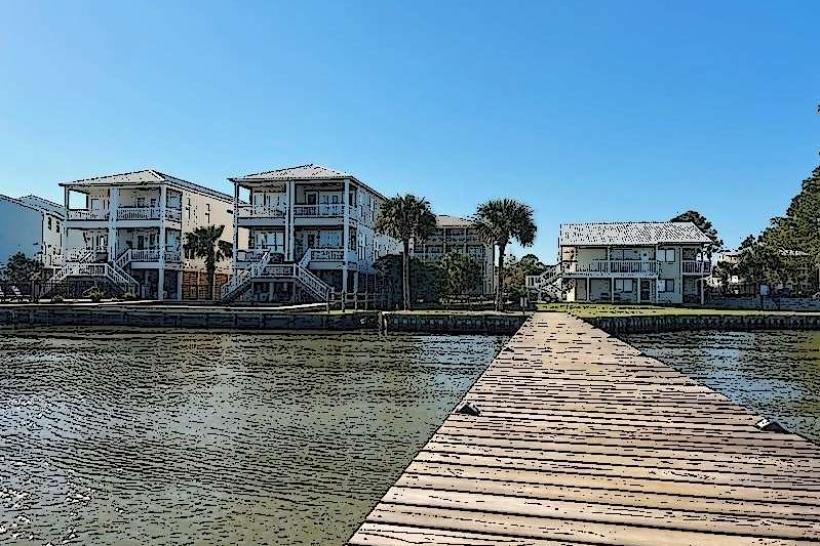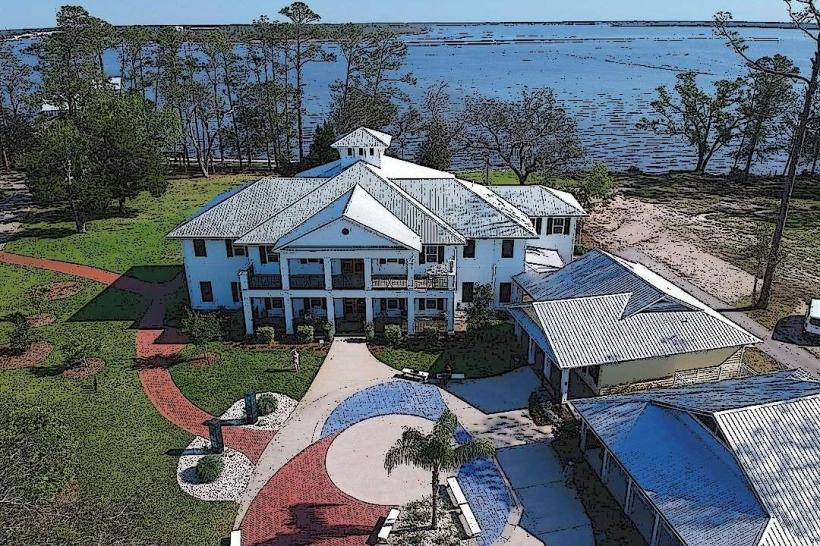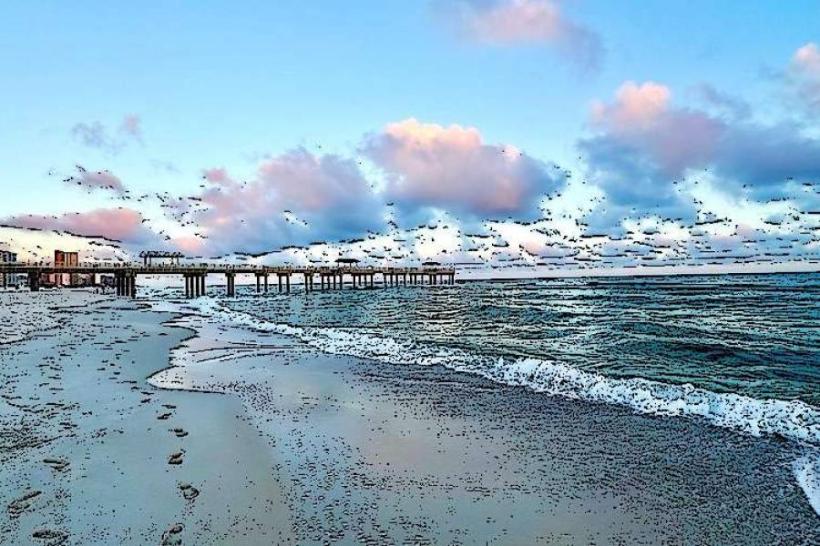Information
Landmark: Bon Secour National Wildlife RefugeCity: Gulf Shores
Country: USA Alabama
Continent: North America
Bon Secour National Wildlife Refuge, Gulf Shores, USA Alabama, North America
Bon Secour National Wildlife Refuge is a protected natural area located along the Alabama Gulf Coast, stretching from Gulf Shores to Fort Morgan Peninsula. Established to conserve the region’s unique coastal habitats, it is renowned for its ecological diversity, wildlife viewing opportunities, and preservation of endangered species. The refuge encompasses 7,000 acres of barrier islands, salt marshes, dunes, and maritime forests, serving as a critical sanctuary for migratory birds, marine life, and native plants.
History:
The refuge was created in 1980 by the U.S. Fish and Wildlife Service to protect Alabama’s coastal ecosystems from development pressures.
Its name, Bon Secour, French for “safe harbor,” reflects the area’s historical use as a refuge for fishermen and settlers.
Over the decades, the refuge has grown in significance as a key site along the Central Flyway for migratory birds and as a nesting ground for threatened species.
Layout and Environment:
The refuge includes beachfront areas, salt marshes, estuaries, and upland forest tracts, offering a variety of ecosystems within a compact coastal region.
Its boundaries extend west from Gulf Shores along the coast to the Fort Morgan Peninsula, providing protected stretches of beach and interior wetlands.
Trails, observation points, and boardwalks allow public access while minimizing human impact on sensitive habitats.
Highlights and Attractions:
Sea Turtle Nesting Sites: The refuge protects nesting grounds for loggerhead and green sea turtles, with conservation programs that monitor and safeguard hatchlings.
Migratory Birds and Birdwatching: Hundreds of bird species pass through, including herons, egrets, pelicans, and warblers, making it part of the Alabama Coastal Birding Trail.
Wildlife Observation: Alligators, raccoons, and a variety of small mammals inhabit the refuge. Occasional sightings of bobcats and red foxes occur in more remote areas.
Trails: Walking paths like the Bayou Heron Trail allow visitors to explore salt marshes and dunes safely, offering panoramic views and photography opportunities.
Fishing and Boating Access: Certain areas along bayous and estuaries permit recreational fishing and small non-motorized boats, adhering to refuge regulations.
Education and Conservation:
The refuge hosts educational programs and guided tours to teach visitors about coastal ecosystems, endangered species, and habitat restoration.
Volunteers participate in dune restoration, beach clean-ups, and sea turtle monitoring programs.
Its management emphasizes sustainable visitor access while prioritizing wildlife protection, making it a model for coastal conservation in Alabama.
Visitor Experience:
The refuge is ideal for nature enthusiasts, photographers, and families seeking quiet, scenic spaces away from crowded beaches.
Visitors can hike, birdwatch, or simply enjoy the solitude of unspoiled coastal landscapes.
Access is typically free, though certain areas may require parking permits or compliance with specific rules to protect wildlife.
Visitor Tips:
Early mornings and late afternoons provide the best wildlife viewing opportunities, particularly for birds and turtles.
Bring binoculars, cameras, and insect repellent, as marsh areas can be buggy in warmer months.
Stick to marked trails to avoid disturbing sensitive habitats.
Check refuge regulations regarding pets, fishing, and boating to ensure compliance with conservation guidelines.
Pair a visit with nearby Gulf Shores attractions for a balanced mix of nature and recreation.
Overall Character:
Bon Secour National Wildlife Refuge is a vital coastal sanctuary offering a peaceful escape into Alabama’s natural ecosystems. It balances public enjoyment with rigorous conservation, providing protection for endangered species and a living classroom for visitors. Its combination of pristine beaches, salt marshes, dunes, and diverse wildlife makes it an essential destination for anyone seeking to experience the ecological richness of the Gulf Coast beyond the typical tourist beaches.

